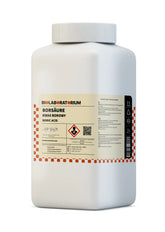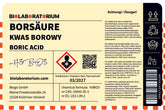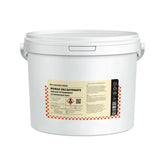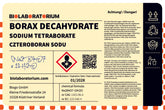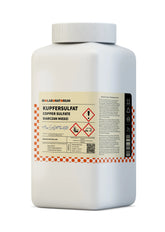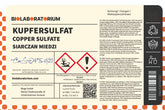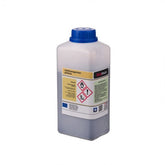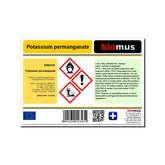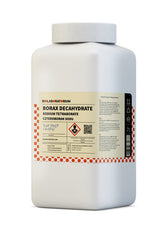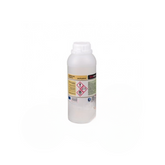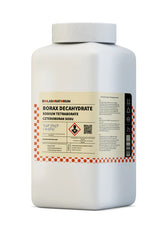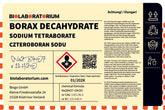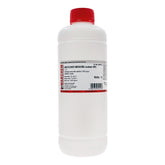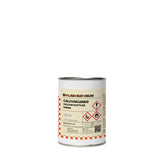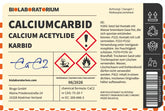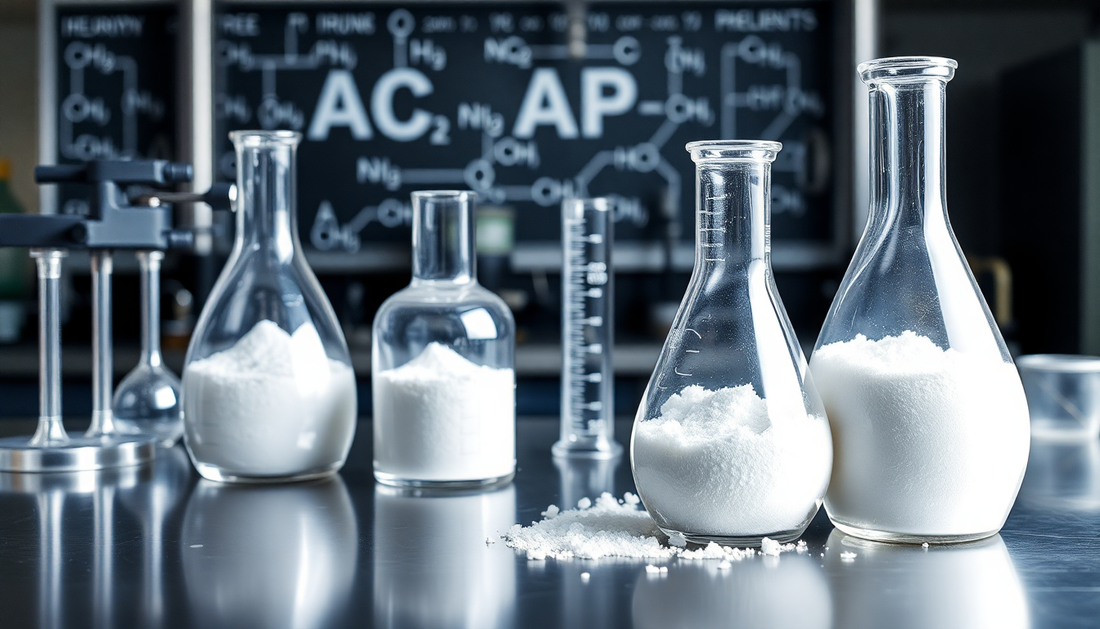Diammonium phosphate in industrial chemistry – Practical applications
Diammonium phosphate (DAP) is a versatile chemical salt used in a variety of industrial applications. It is widely used as a fertilizer, fire extinguishing agent, flame retardant, and even as a food additive. In this blog article, we want to take a closer look at the properties and applications of diammonium phosphate.
What is diammonium phosphate?
Diammonium phosphate is a crystalline salt composed of ammonia (NH3) and phosphoric acid (H3PO4). It has the chemical formula (NH4)2HPO4 and is an important intermediate in the fertilizer industry. DAP is a white, crystalline powder that is easily soluble in water and has a neutral pH.
Properties of diammonium phosphate
Diammonium phosphate has the following important properties:
- High nutrient content: DAP contains 18% nitrogen (N) and 20-53% phosphate (P2O5), making it a valuable fertilizer.
- Good solubility: DAP dissolves easily in water, which facilitates its use as a fertilizer.
- Neutral pH value: With a pH of about 7.5-8.0, DAP is nearly neutral and therefore well suited for soil chemistry.
- Thermal stability: DAP is stable up to temperatures of about 100°C and decomposes only at higher temperatures.
- Low hygroscopicity: DAP does not strongly absorb moisture, which facilitates storage and transport.
Applications of diammonium phosphate
Due to its diverse properties, diammonium phosphate is used in numerous industrial sectors. Here are some of the most important application areas:
Fertilizers
The main application area of diammonium phosphate is the fertilizer industry. As a nitrogen and phosphate fertilizer, DAP is used in agriculture and horticulture to increase the nutrient content of the soil and promote plant growth. DAP is a popular component of multi-nutrient fertilizers.
Fire extinguishing agent
Diammonium phosphate is also used as a fire extinguishing agent. Due to its ability to extinguish fire by inhibiting the oxidation reaction, it is used in powder extinguishers for fires of classes A, B, and C. DAP-containing extinguishing agents are particularly effective for fires involving solids, liquids, and gases.
Flame retardants
Besides its use as a fire extinguishing agent, diammonium phosphate can also be used as a flame retardant. When incorporated into materials such as wood, textiles, or plastics, it increases their fire resistance. DAP acts as a radical scavenger and interrupts the combustion reaction.
Food additive
Surprisingly, diammonium phosphate is also used as a food additive. In small amounts, it is used as an acidity regulator, emulsifier, or leavening agent in products such as baked goods, beverages, or cheese.
Laboratory chemicals
In the chemical laboratory, diammonium phosphate serves as a starting material for the synthesis of other phosphorus compounds. Furthermore, it is used as a buffer solution in analytical methods such as chromatography.
Industrial applications
In addition to the above-mentioned applications, diammonium phosphate is also used in various industrial processes. Examples include the production of fire extinguishing powders, flame retardants, adhesives, ceramics, and coatings.
Storage and handling of diammonium phosphate
Diammonium phosphate should be stored under dry and cool conditions to avoid clumping and moisture. The storage temperature should ideally be below 30°C. Furthermore, good ventilation is important as DAP can release ammonia at higher temperatures.
When handling diammonium phosphate, some safety measures must be observed due to the ammonia content. It is recommended to wear appropriate protective equipment such as gloves, safety goggles, and respirators. Additionally, good ventilation of the work area should be ensured.
Conclusion
Diammonium phosphate is a versatile chemical salt with numerous applications in industry. It is widely used as a fertilizer, fire extinguishing and flame retardant agent, as well as a food additive. Due to its favorable properties such as high nutrient content, good solubility, and thermal stability, DAP is an important raw material in the chemical industry. However, some safety aspects must be considered when handling it.

